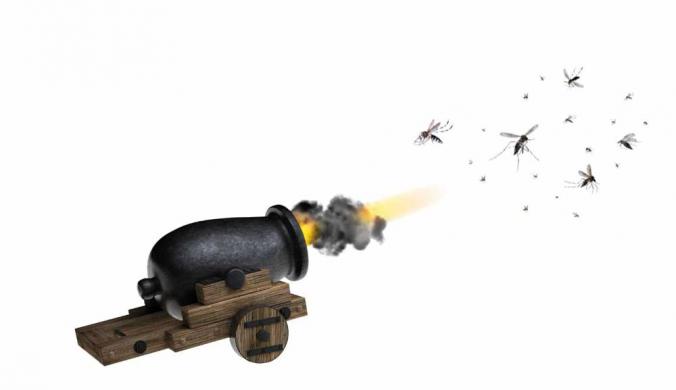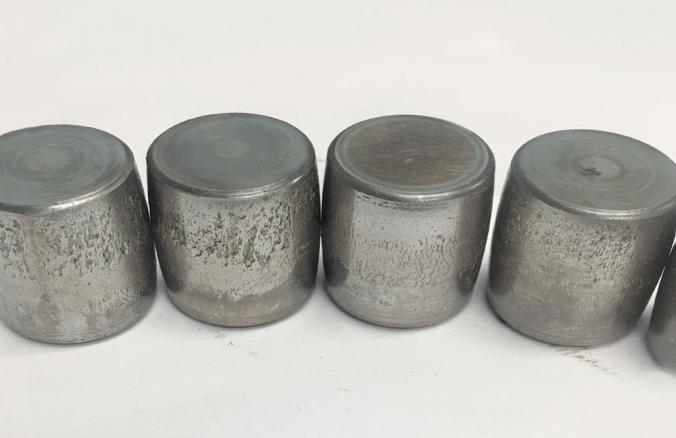Streamlining Processes: why should we?
Admittedly, writing out uniform work processes with associated roles and responsibilities is not exactly a task to look forward to. It is like cleaning up the attic, which over the years has become cluttered with boxes. However, if you put some effort into this you will benefit from overview, structure, clarity, and a much more efficient way of working. Ready to roll up your sleeves?
Does your organization have written maintenance processes? Is the content of the functions within maintenance exactly the same in every department? And are ‘best practices’ easily shared between branches and departments?
– Chances are you have to admit that something could certainly be improved. We hear this a lot, says Peter Decaigny of Mainnovation.
– But anyone who can answer the above questions with ‘yes’ has a good basis for streamlining the organization and/or successfully implementing an IT tool. And this is the foundation for further improvements in effectiveness and efficiency.
Clutter in the Attic
Many Maintenance and Asset Management organizations have grown organically and there is nothing wrong with that. It all makes sense to the people involved in this growth. Maybe some choices were a compromise under pressure from stakeholders at the time. Sometimes organizations are built around people and not based on clear roles and responsibilities. Some IT tools are configured to mimic the functionality of old IT tools. And often, in large companies, the different maintenance departments or teams work in completely different ways.
It is like ‘clutter in the attic.’ In the beginning there was a system, a certain storage structure, but more stuff was added and eventually you find you first have to move other boxes, before you find the right box. "Efficiency can be gained. This starts with cleaning up and drawing up a plan on how to prevent this cluttering."
Uniform work processes
With a process map you can describe the future (desired) situation. This document is a detailed description of all processes that are important within the Maintenance and Asset Management organization.
Uniform work processes can be written down in two ways: you either start from scratch with noting down all steps in a process, or you can use an existing process map. "Obviously, both ways have advantages and disadvantages," explains Decaigny. "With a blank start, everyone can have their say, which results in commitment. However, it is very time-consuming." By using an existing process map, there is already a considerable basis and this is of course a time saver. "But in this case that basis must be good, obviously. After all… reorganizing the attic when the floor is rotten, wouldn't be a good idea."
Based on best practices
That is why Mainnovation uses the VDMXL Process Map. This Process Map is based on proven ‘best practices’ of leading Maintenance & Asset Management organizations from various industries. This method is written down in more than 60 work processes that together form the VDMXL Process Map. This template is then critically assessed in various workshops within your company. What is missing and what is or is not applicable for this organization?
– And yes, that works, says Decaigny.
– Process operations are often very generic and by fine-tuning them we get a process map that is very customer-specific.
– There are companies that claim that they have already written maintenance processes in place, says Decaigny.
– But in most cases they are based on what the ISO 9.001 manual provides.
However, these process descriptions are of little value for restructuring an organization. They are too high level and do not provide enough guidance for the next steps.
The next step would be to use the processes – that describe what needs to be done – for assigning the roles and associated responsibilities and KPIs. And the ultimate result is the practical work instruction that emerges from this. This describes the necessary actions with a focus on how things should be done.
Roll up your sleeves
This probably sounds like a tremendous amount of work. Sitting at the computer for days and writing, evaluating and writing again. Arguing the right approach because nobody wants to change their way of working. You can of course save this task for a rainy day, but the clutter in the attic will pile up...And there are several reasons to roll up your sleeves anyway.
– A uniform process map is a perfect starting point for ISO certification.
The VDMXL Process Map connects seamlessly with ISO 55000.
When a multisite company decides to implement one EAM system for all locations – which occurs regularly – the process design can be used as a blueprint for this (future) common IT tool.
– Of course, there can still be differences in how the organization is set up. When responsibilities are assigned to a particular role rather than a specific job, uniform procedures can still be used. After all, you want the implementation to take place in a way that is labelled as most effective and most efficient. It goes without saying that this way of working delivers value, Decaigny explains.
A uniform working method also has advantages for training (new) employees.
– In short, it pays off. It takes time and commitment but rolling up your sleeves now means creating room for improvement and growth in the future.
Are you interested in the VDMXL Process Map? The Mainnovation consultants are happy to help you structure and implement uniformity in processes, organization, IT tools and KPIs. Check the website for more information or send an email to info@mainnovation.com .
Text and images: Mainnovation, SHUTTERSTOCK











